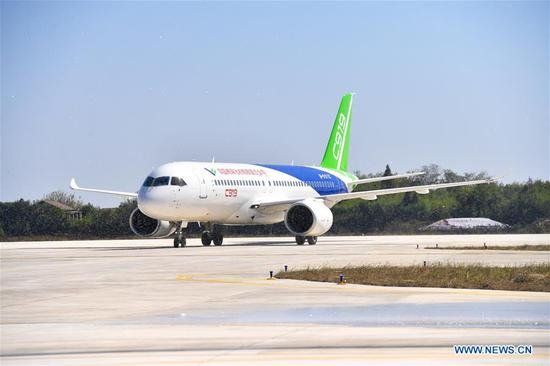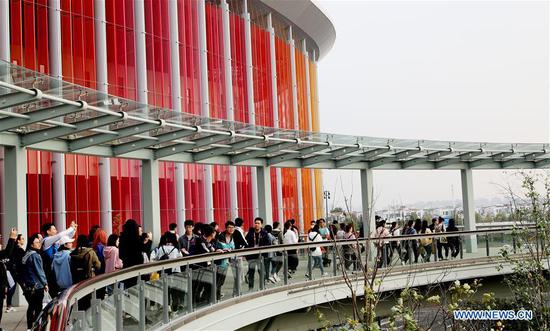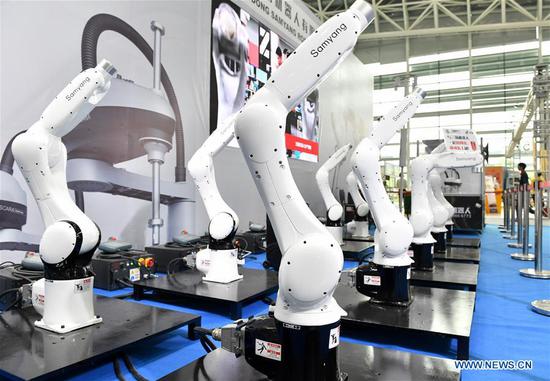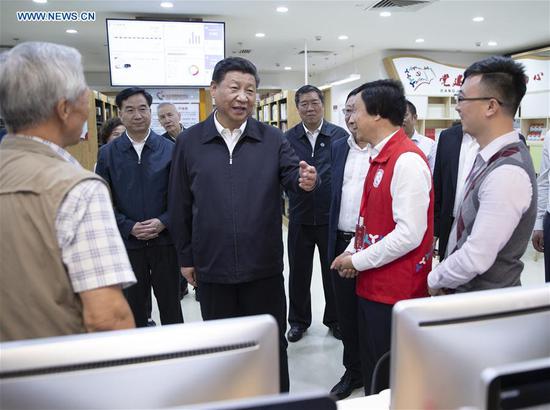The Chinese government's measures to adjust the feed formula for hogs and chickens shows the government's view that China has the capacity to cope with the impact of the Sino-US trade dispute on agricultural supplies, an agricultural expert told the Global Times on Sunday.
The China Feed Industry Association recently released two benchmarks that lowered the proportion of albumen in pig and chicken feed, according to a report of the Xinhua News Agency on Friday.
The changes will lead to lower use of soy meal, which is made from soybeans. This meal is an important ingredient for pig and chicken feed.
The Xinhua report said the new standards are likely to lower the annual consumption for soy meal and soybeans by 11 million tons and 12 million tons, respectively, for livestock breeding.
Jiao Shanwei, editor-in-chief of cngrain.com, told the Global Times on Sunday that the new standards will help domestic farmers withstand the rising costs of livestock feed, as US tariffs has driven up the cost of US soybeans.
"The new standards will reduce the cost of pig and chicken breeding," Jiao said.
The US exported $12.3 billion worth of soybeans to China in the past year, accounting for 34 percent of China's imports that year, sohu.com reported in August.
Li Yunlong, who runs a large hog farm in North China's Hebei Province, said that the rise of soybean meal prices is still tolerable for him.
He also said that using less soybean meal means that the growth cycle of pigs will be extended, but that won't have much impact on pork prices or the nutrition of the meat, and it won't cause any big changes in consumer behavior.


















































